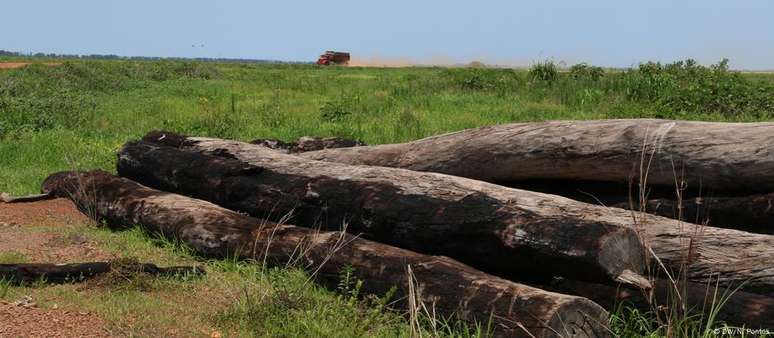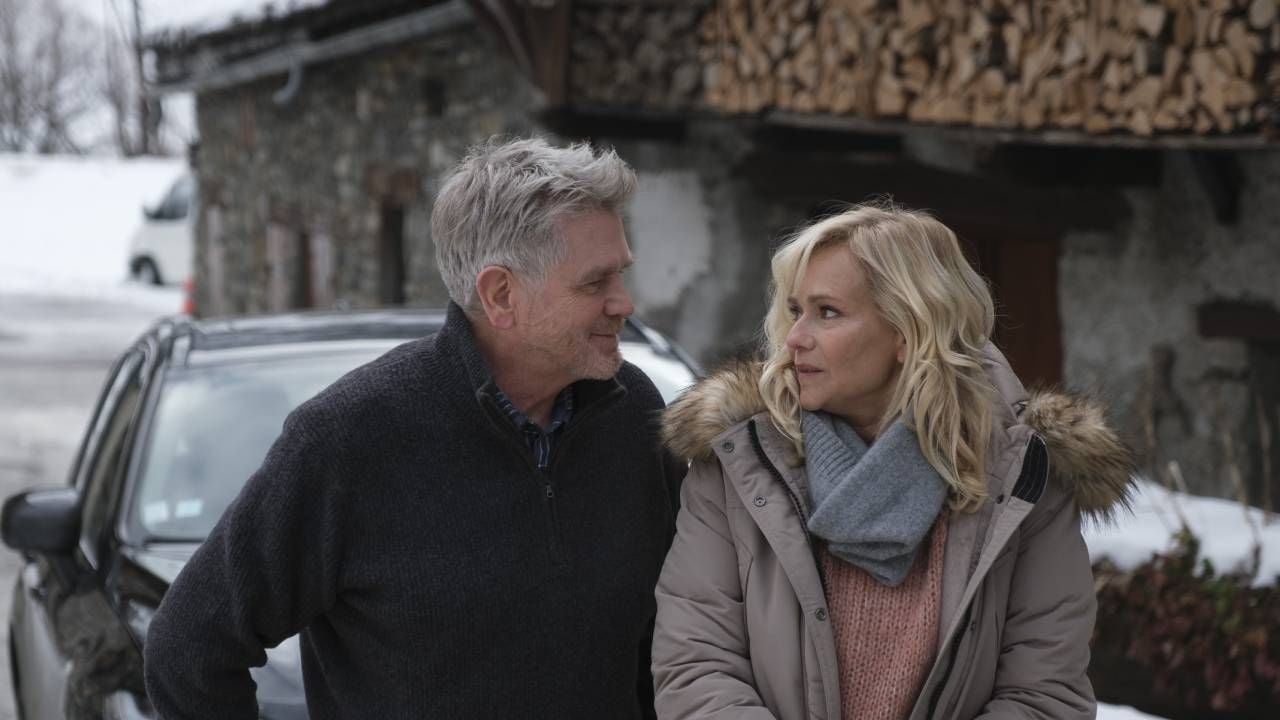MapBiomas data shows that the greatest loss of natural areas recorded since 1985 has occurred on private property. Indigenous lands are the most conserved territories in the country. Brazil has devastated 33% of all its native vegetation by 2023. The country has seen a 13% increase in historical loss of natural areas over the past 39 years. Of all its five biomes, the ones with the greatest deforestation since 1985 have been the Amazon and the Cerrado, which have lost 55 million hectares and 38 million hectares respectively, followed by the Caatinga, Atlantic Forest, Pampas and Pantanal.
Proportionately in relation to its extension, the greatest losses of native vegetation were recorded in the Pampas (28%), followed by the Cerrado (27%). This was followed by the Amazon (14%), the Caatinga (14%), the Pantanal (13%) and the Atlantic Forest (10%).
The data, released this Wednesday (21/08), are part of the most recent analysis carried out by MapBiomas, a network of researchers linked to universities, NGOs and technology companies that monitor changes in land use in the national territory. Satellite images from 1985 were used for the investigation. In the last 39 years, half of the loss of native vegetation in the country has occurred in the Amazon.
According to researcher Eduardo Velez, of MapBiomas, the felling of native vegetation also reduces the protection of cities from the impacts of extreme weather events, such as major floods. “These data are important for the public discussion we need to have about how prepared the country is to face the risks of climate change,” he adds.
What the forest has become
In the period analyzed, the clearing of native forests occurred predominantly on private property – 81% of the total. The main driving force was agriculture: the area of pastures has grown by 79% since 1985. The activity currently occupies 2.7 million square kilometers (km²) in the country, equivalent to 7.5 times the area of Germany.
In the Pantanal, which recorded its last major flood in 2018, agriculture has advanced inland. Traditionally, the biome’s native fields were the most used for agriculture. In recent years, with drought, native vegetation has been completely removed to make way for grazing with the planting of exotic species.
Over the last four decades, the area occupied by agriculture has increased from 5% to 17% in the Pantanal. Proportionately, the greatest growth in this activity has occurred in the Amazon: it has increased from 3% to 16%.
Where the forest is less deforested
The MapBiomas survey showed that the most preserved places in Brazil are within Indigenous Lands (TI). There are 784 in different stages of recognition and distributed across 13% of the country. More than 200 TI await demarcation, says the Articulation of Indigenous Peoples of Brazil (Apib).
From 1985 to 2023, these territories have maintained 99% of their original native vegetation, with minimal deforestation. Most of them are located in the Amazon. In the non-designated public forests, those that remain under the control of the Union, States or municipalities and have not yet had a defined purpose, approximately 92% of the original forest remains intact. On the other hand, these areas are one of the main targets of land grabbers, who invade lands, deforest and profit from agricultural or real estate speculation.
“These are more susceptible to deforestation than forests that are under a protection regime. It is important and urgent to assign these areas and transform them into protected territories,” says Luis Oliveira, of the Amazon team at MapBiomas.
A bill being developed in the National Congress, authored by Senator José Serra, establishes that these non-designated public forest areas be converted into conservation units, TI or for use by local communities. The text also proposes that they be granted for sustainable forestry when the right to use them is assigned to a legal entity.
Where the vegetation grew
This is the first time that MapBiomas has detailed the increase in native vegetation in Brazilian cities. The base year for the analysis was 2008, when a change in the law allowed sanctions for non-compliance with the old Forest Code, which was amended in 2012. That same year, the Amazon Fund was established to combat deforestation in Brazil’s largest biome.
Since then, native vegetation has returned to grow in 37% of the country’s 5,570 municipalities. The greatest growth has occurred in those within the Atlantic Forest biome, the most historically devastated in proportional terms.
At the same time, in almost half of the cities (45%) there is nothing to celebrate: more serious vegetation losses were recorded in the period. The most important states in this negative ranking are Rondônia, Tocantins and Maranhão.
In urban areas, where most of the flat surfaces are already occupied, the expansion continues towards the slopes. The current MapBiomas collection shows that the annual growth of occupation in these areas is 3.3% per year, which increases the risk of disasters and deaths in extreme weather events, such as heavy rains.
Coral reefs appear on the map
The researchers included shallow-water coral reefs in the current survey. These structures scattered along the Brazilian coast can be detected by satellites equipped with optical sensors, experts say. 204 km² of coral reefs were located, mostly in conservation units, 72%, with special attention to the Ponta da Baleia/Abrolhos environmental protection area.
The oceans are not immune to the effects of climate change, says Cesar Diniz, oceanographer and technical coordinator of the network’s coastal cartography. In 2023, the Atlantic was 2°C warmer than the historical average along the entire Brazilian coast.
“This leads to an increase in precipitation in the country, a decrease in the amount of dissolved oxygen in the water, an increase in continental temperatures. But, on top of that, it generates a massive coral bleaching event,” Diniz emphasizes to DW the importance of understanding the presence of these structures.
Studies estimate that 25% of all life in the oceans depends on corals.
Source: Terra
Rose James is a Gossipify movie and series reviewer known for her in-depth analysis and unique perspective on the latest releases. With a background in film studies, she provides engaging and informative reviews, and keeps readers up to date with industry trends and emerging talents.







